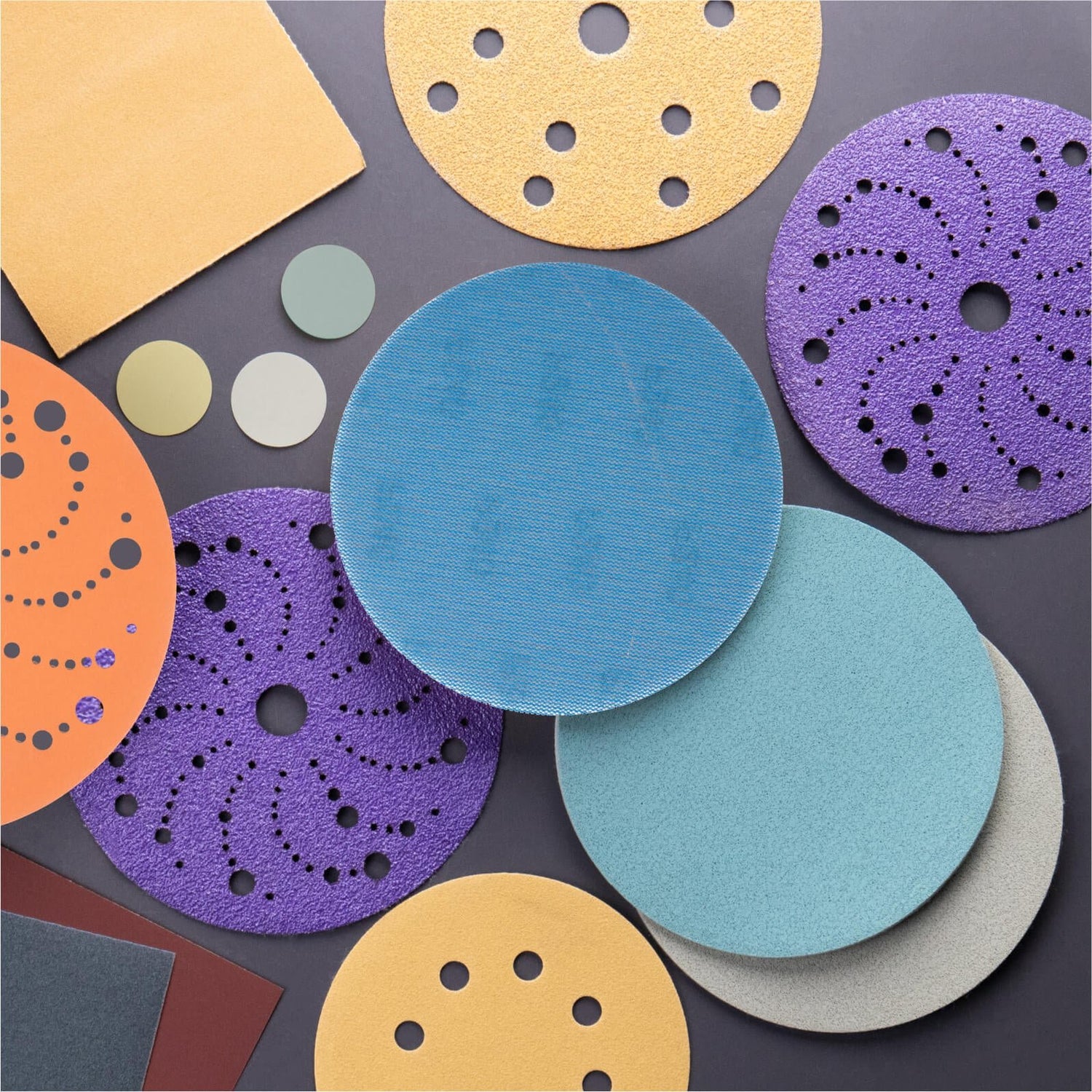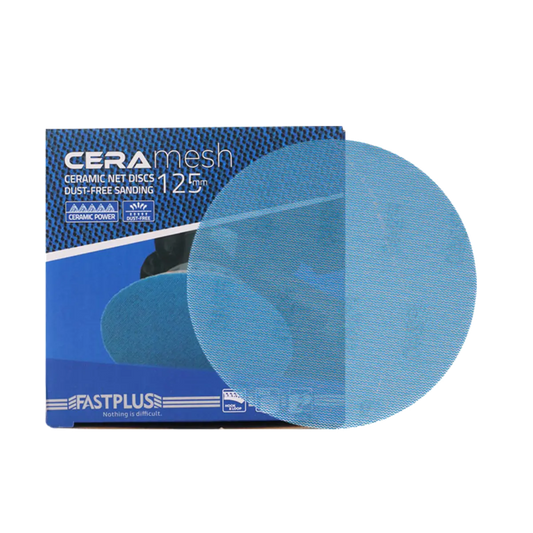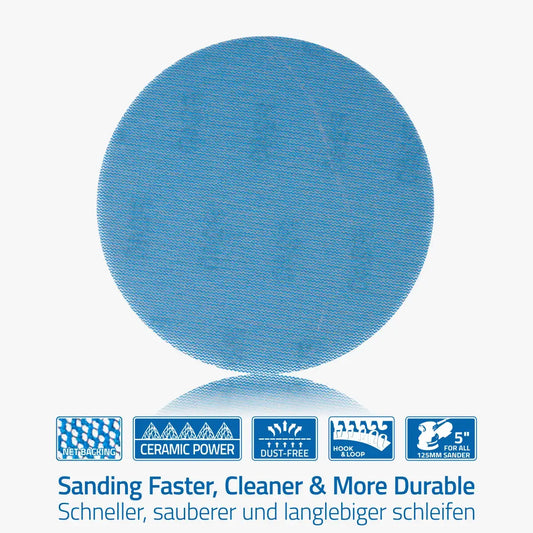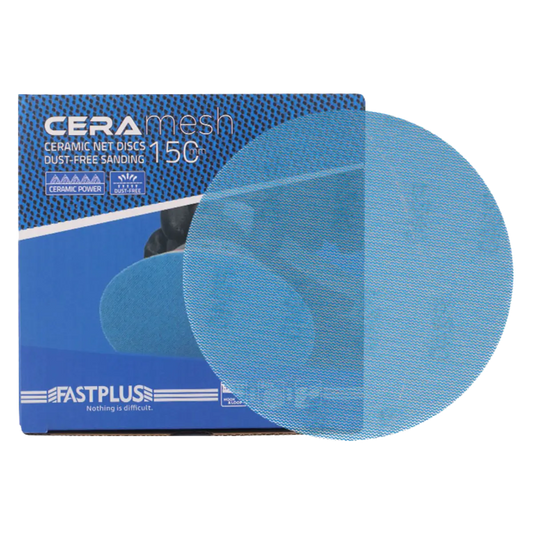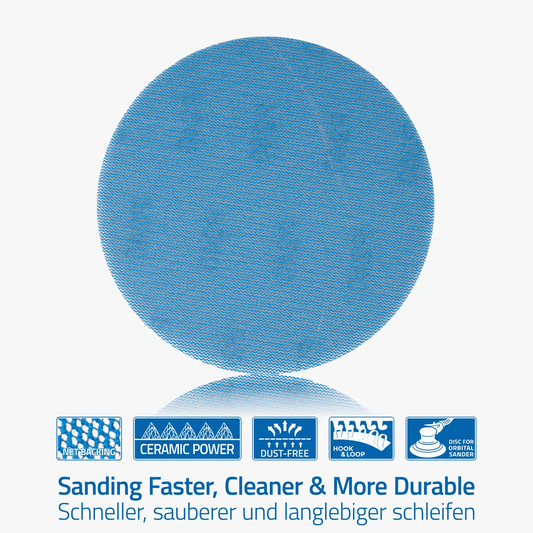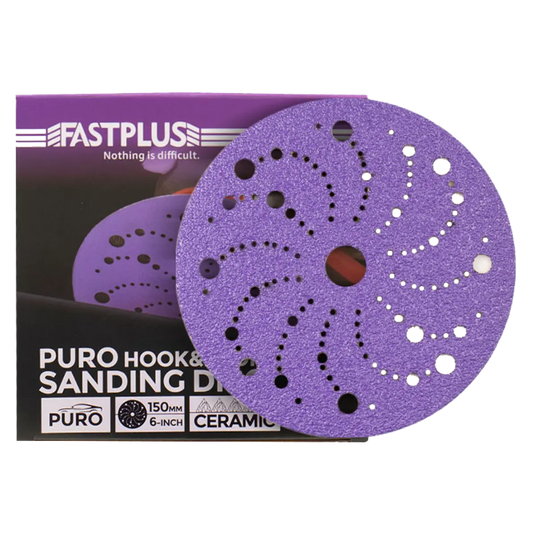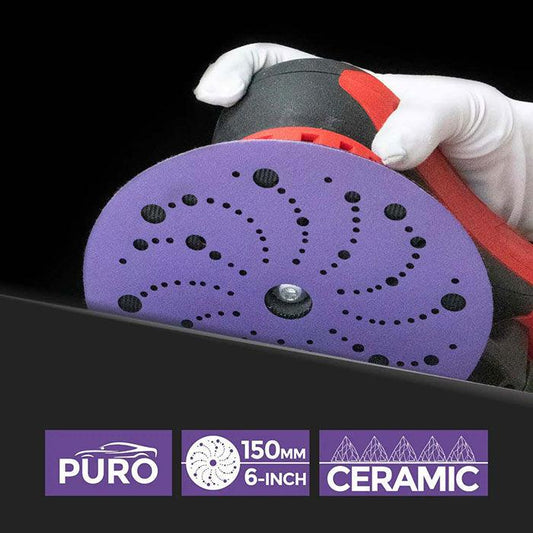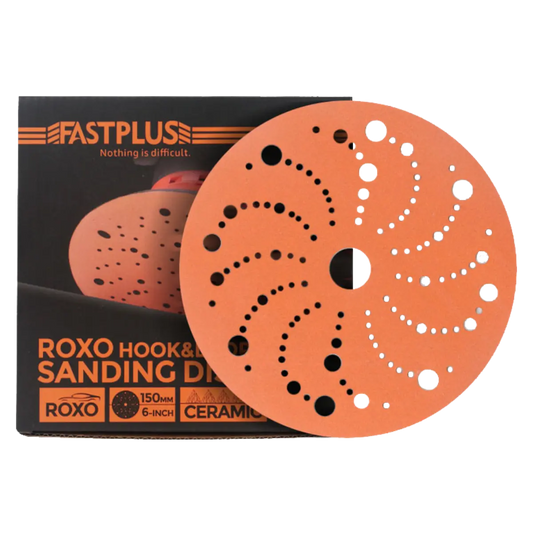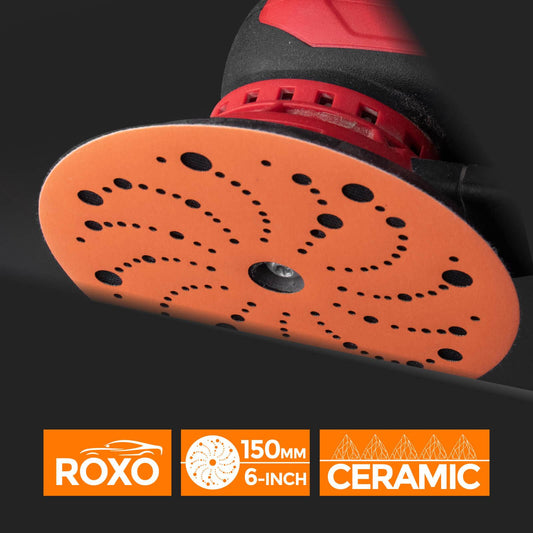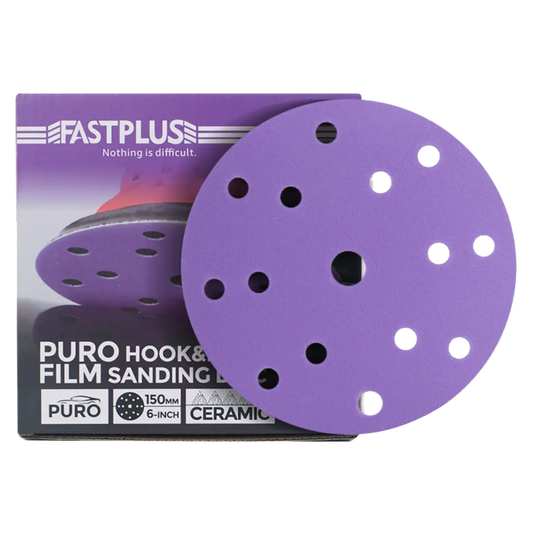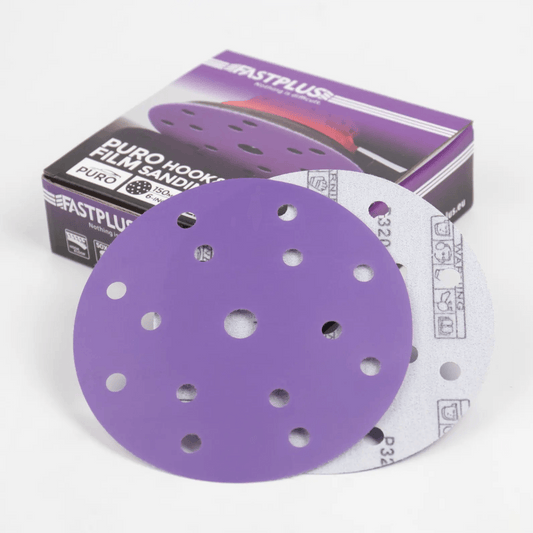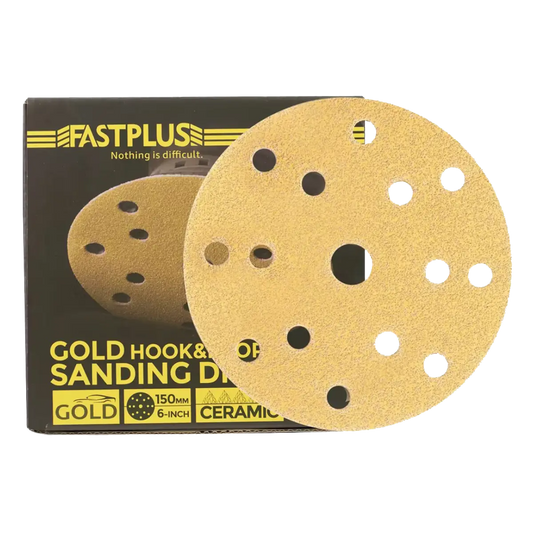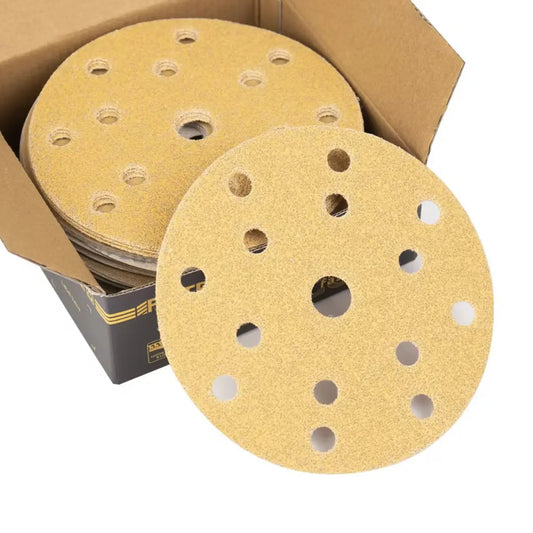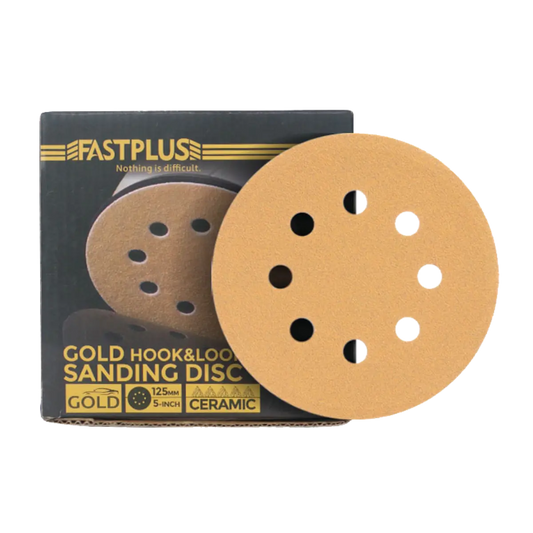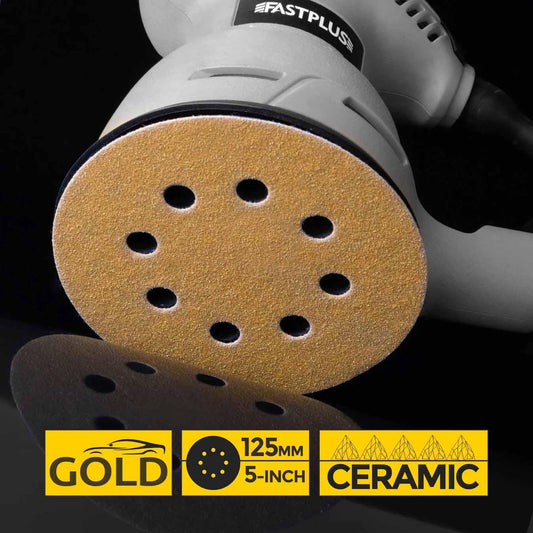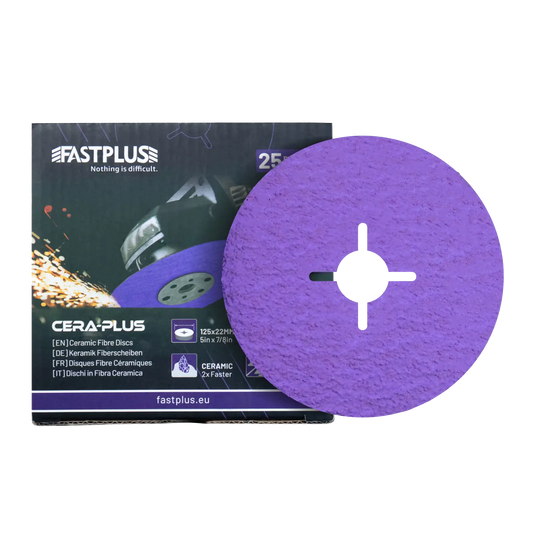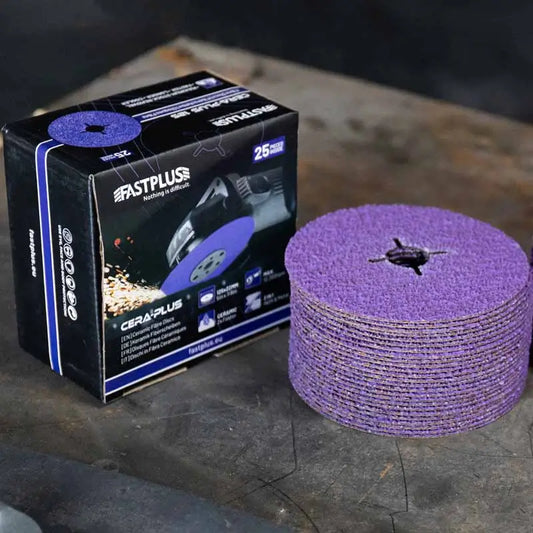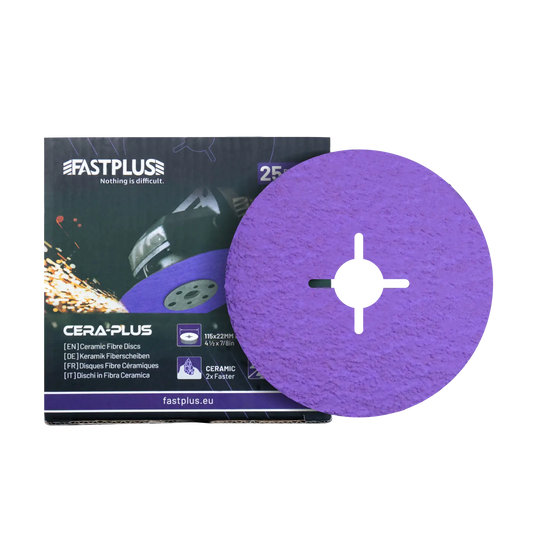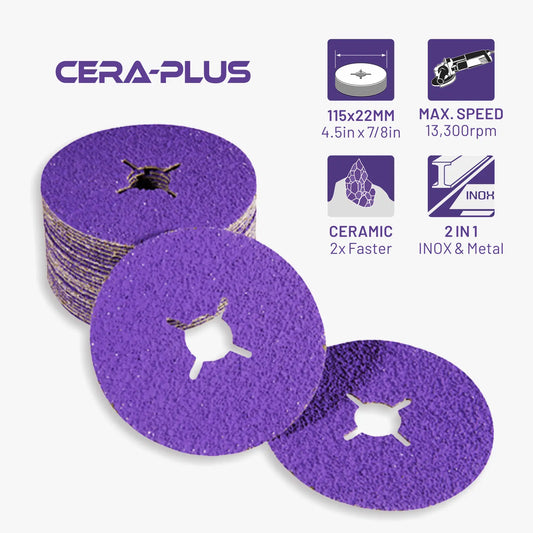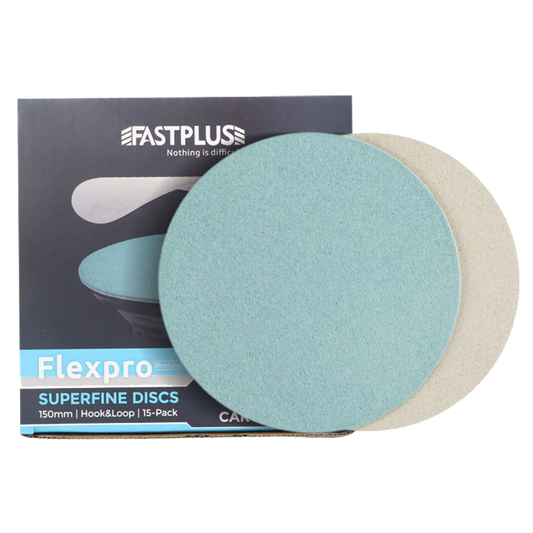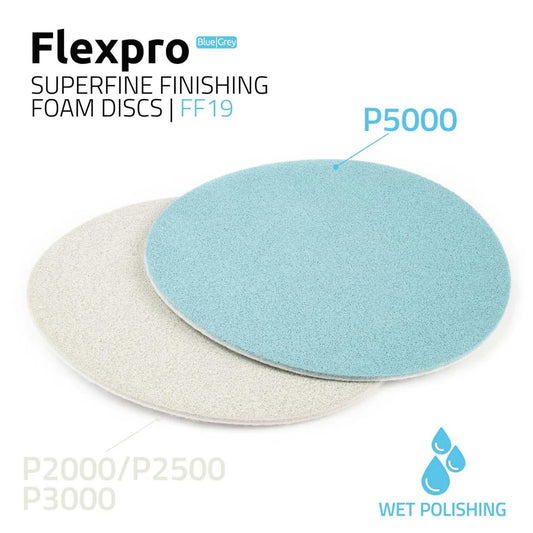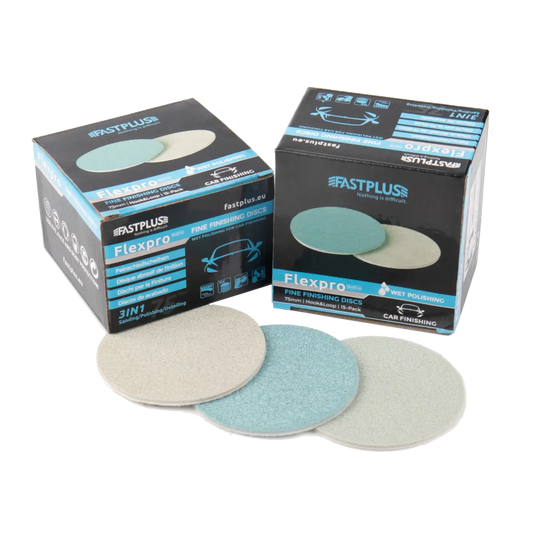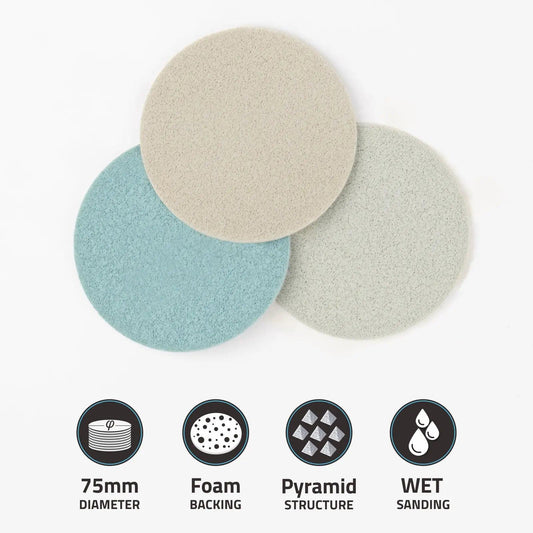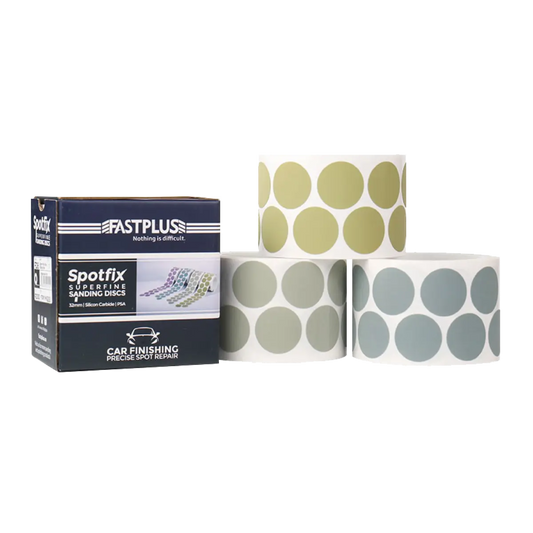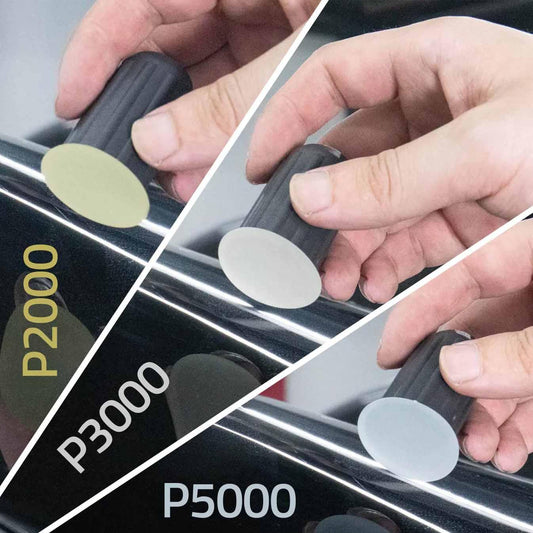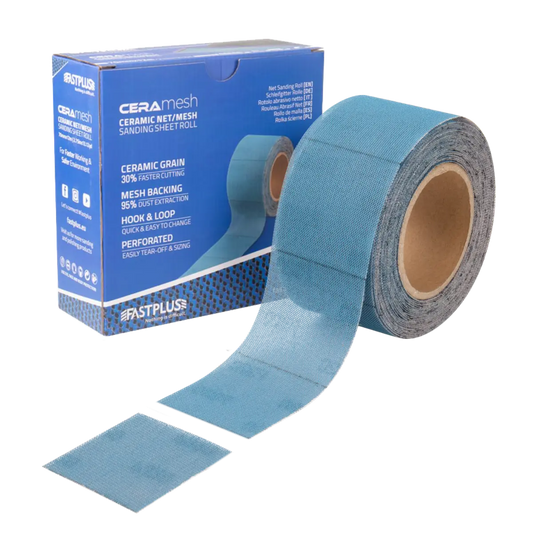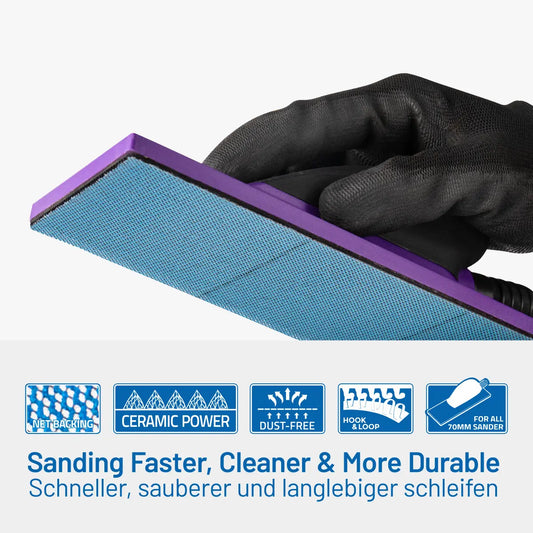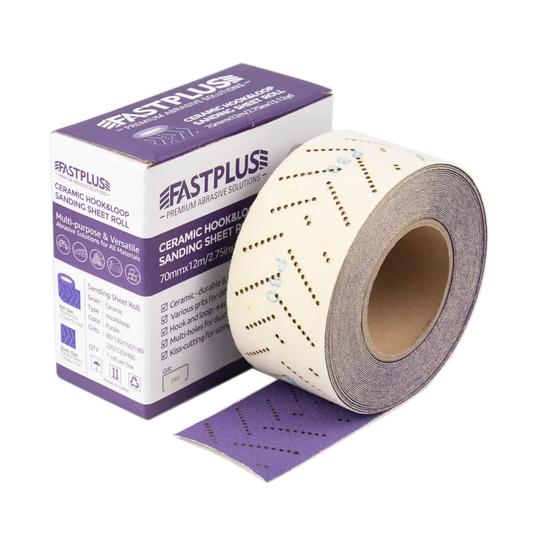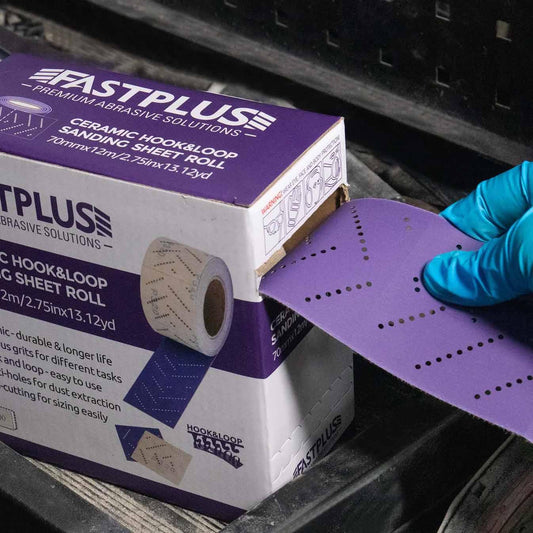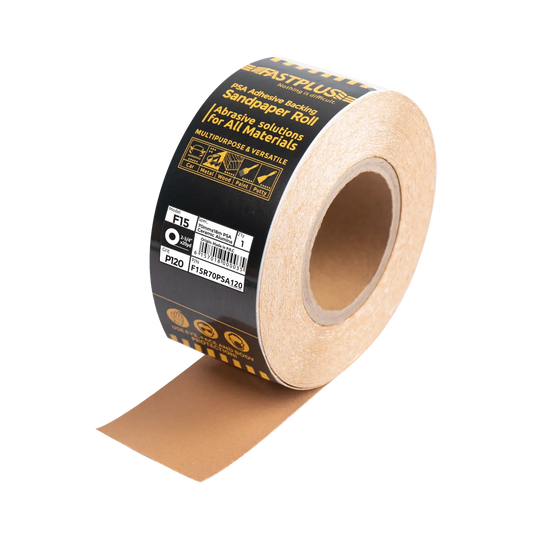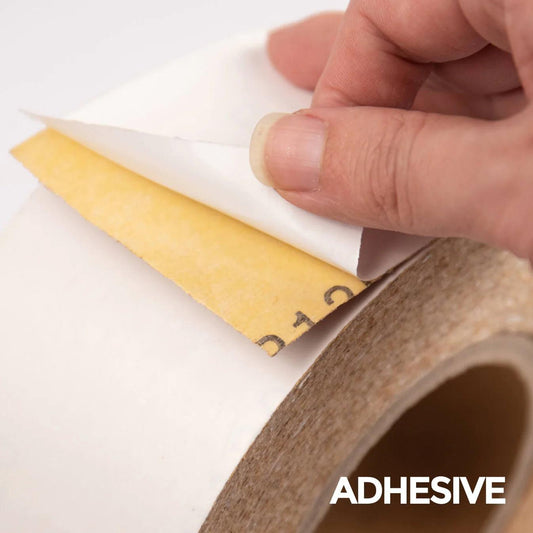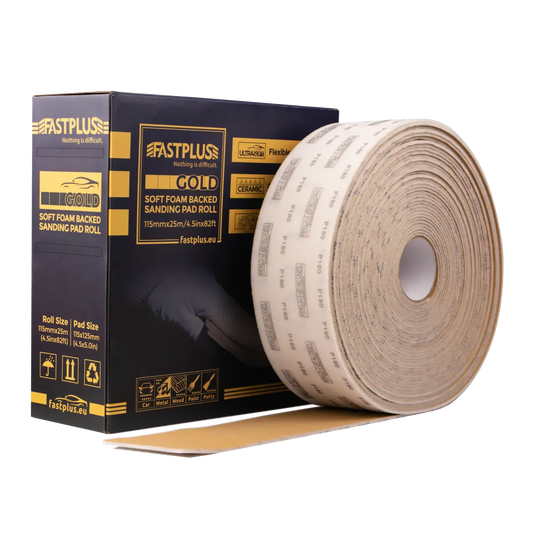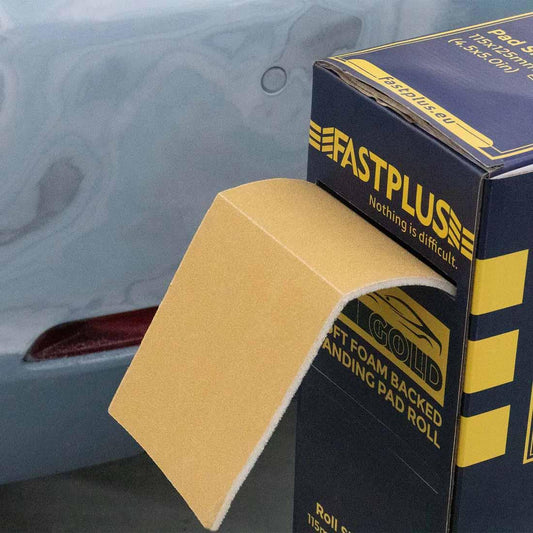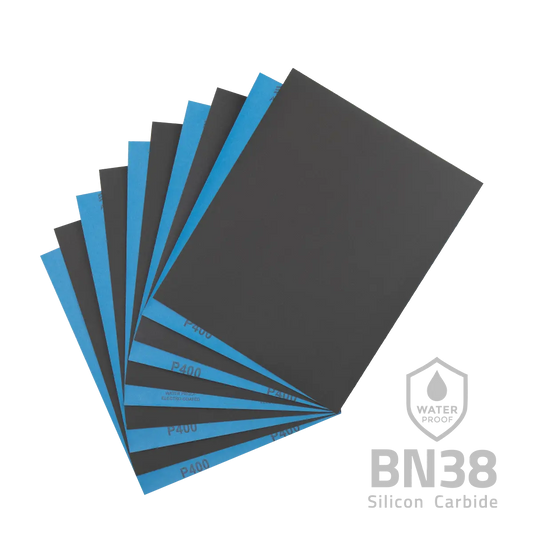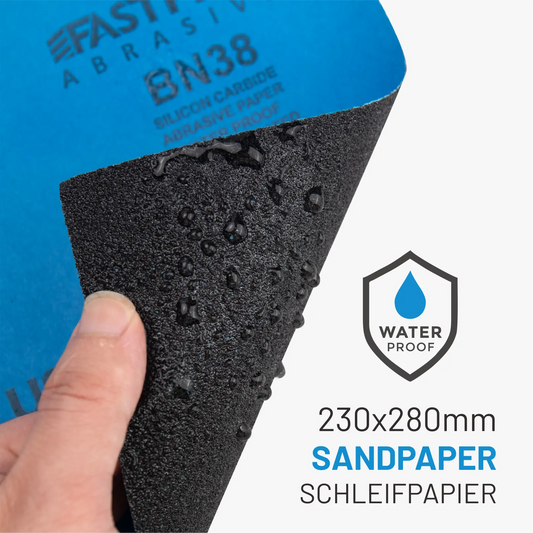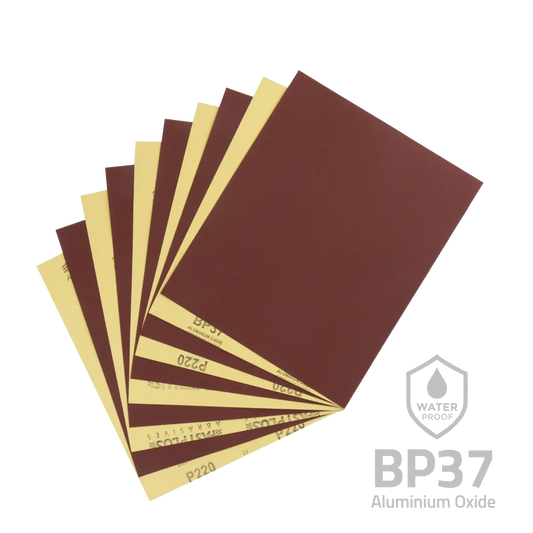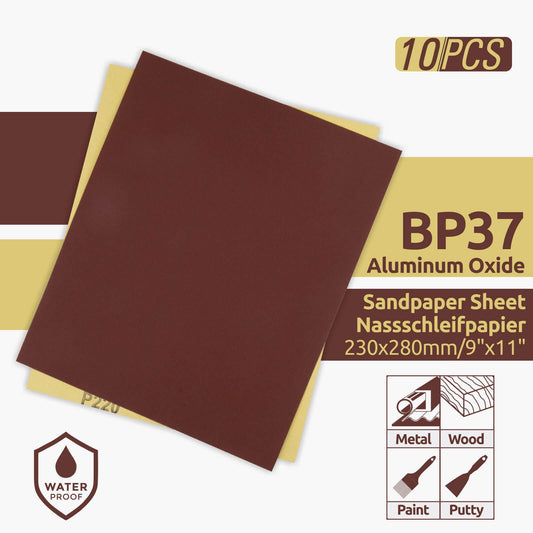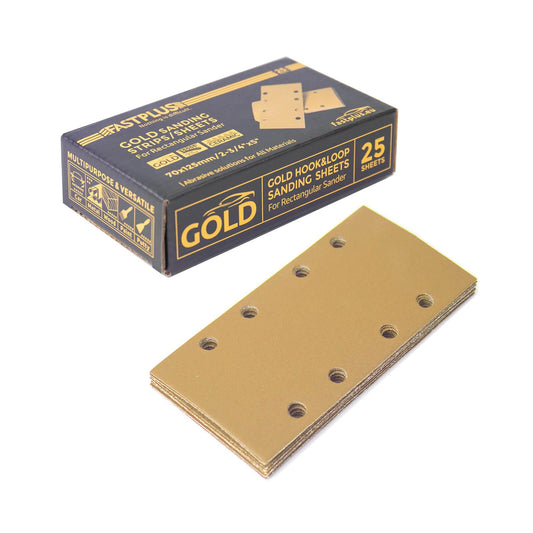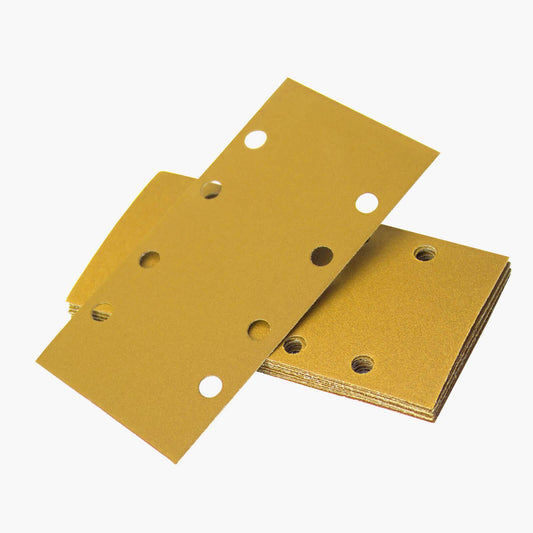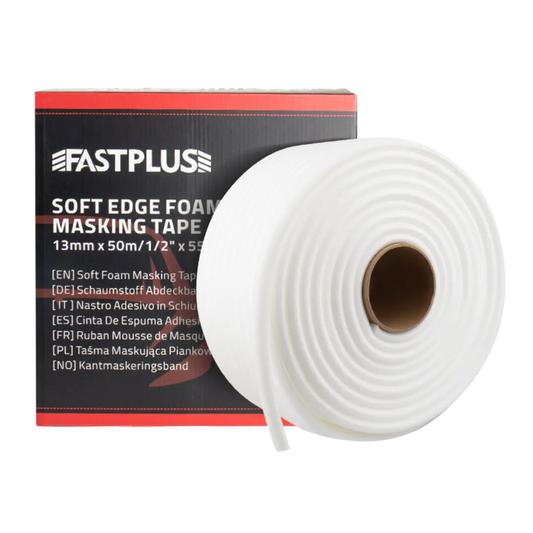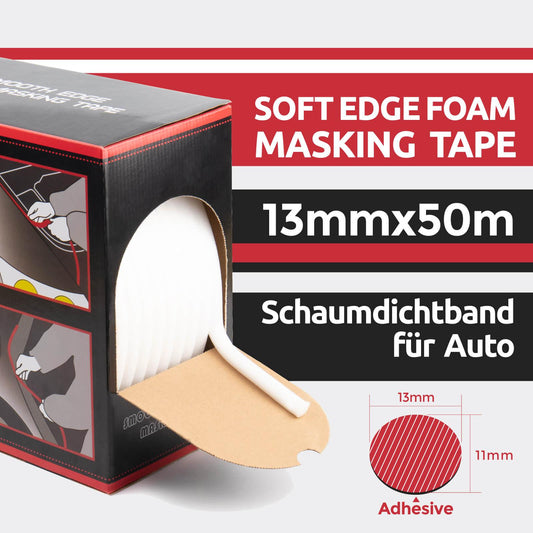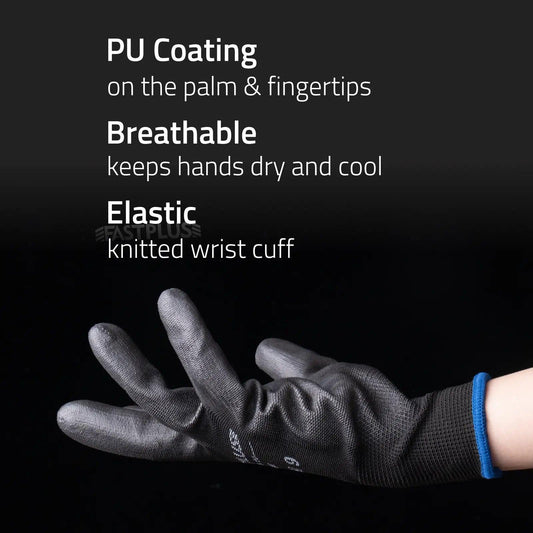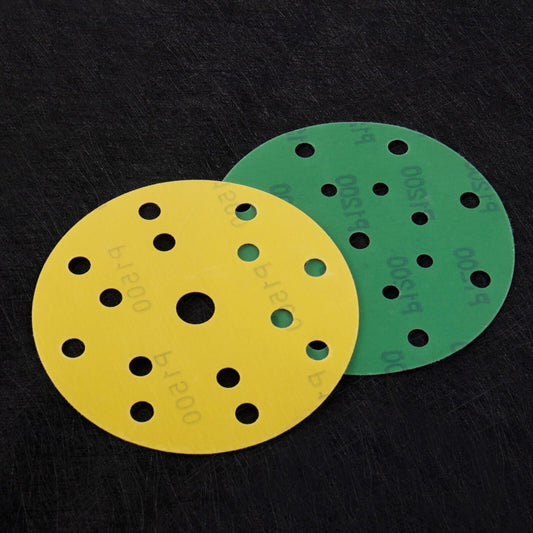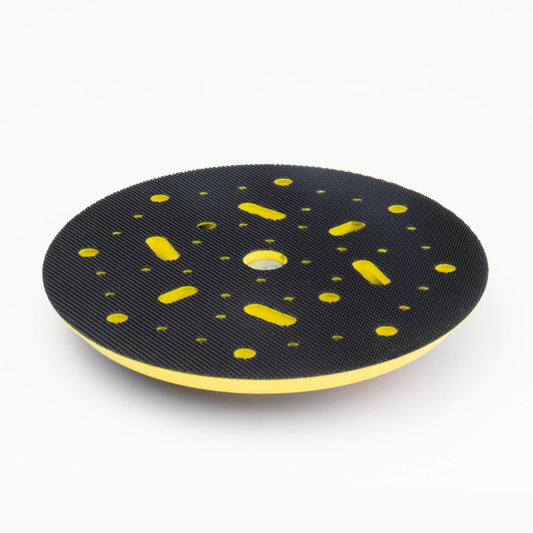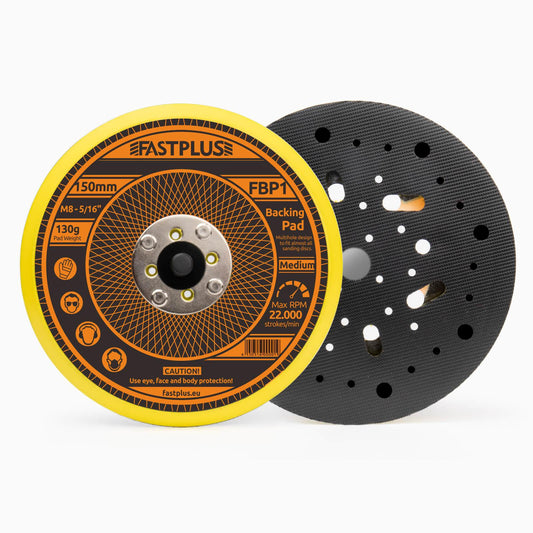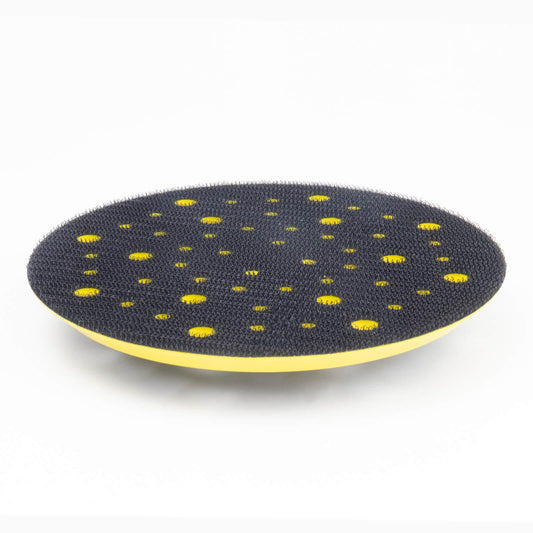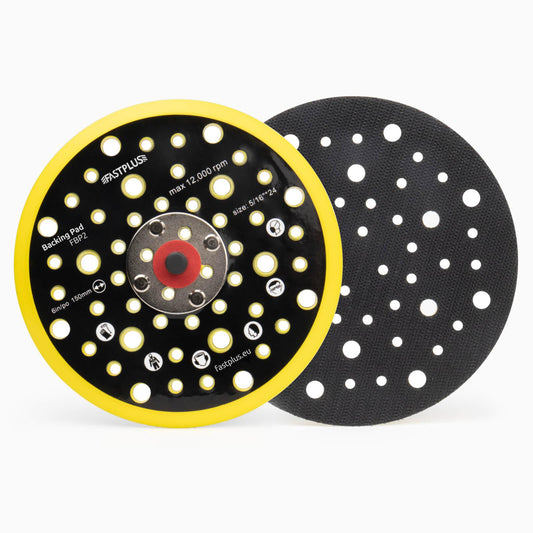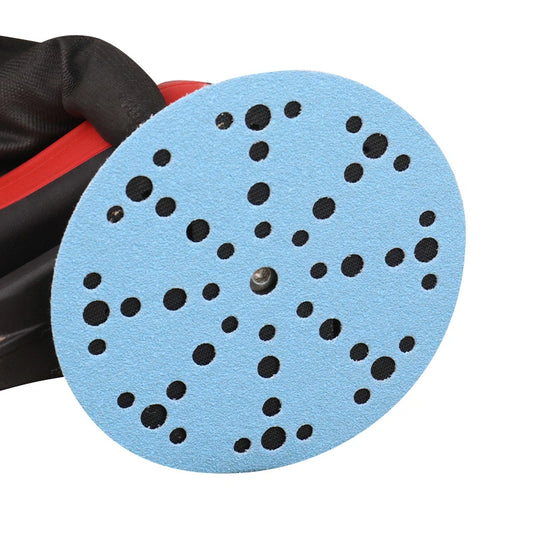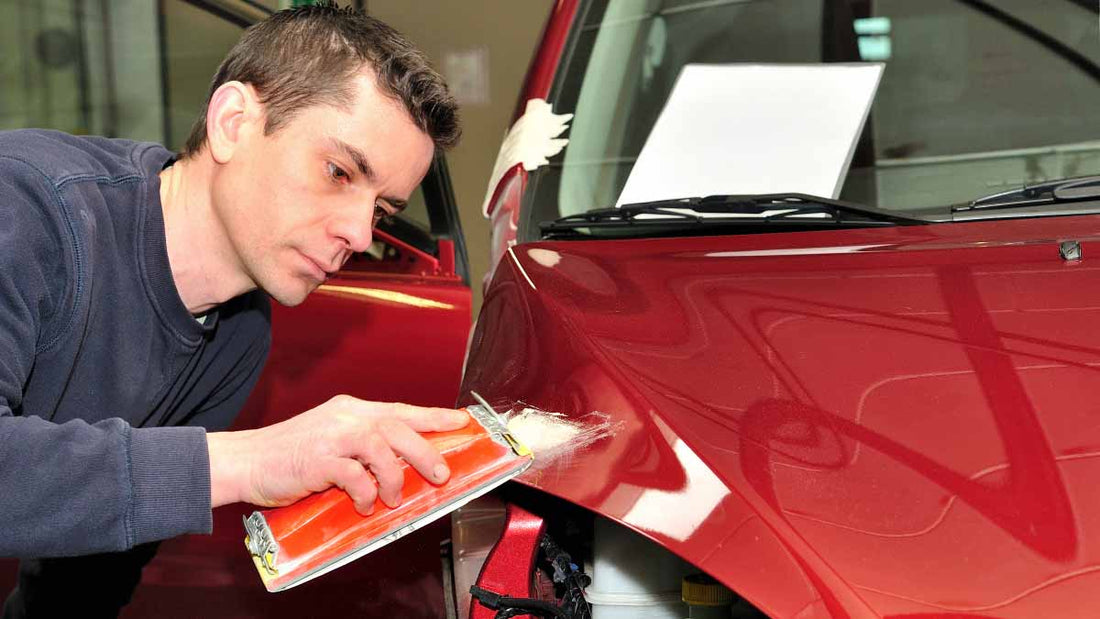
How Sandpaper Is Used to Restore and Maintain the Exterior and Interior Surfaces of Cars?
To ensure a car retains its fresh appearance and operates flawlessly, it is crucial to maintain both its interior and exterior surfaces. The best sandpaper for car proves to be a highly adaptable instrument that can serve as a valuable asset in automotive maintenance. It can be employed to refurbish and uphold car surfaces, eliminating blemishes such as scratches, rust, and other imperfections found on the exterior of a vehicle. Furthermore, it is capable of rejuvenating and maintaining the interior surfaces, including the dashboard, seats, and trims of a car.
Types of Sandpaper Used in Automotive Maintenance
In the realm of automotive maintenance, sandpaper constitutes an indispensable instrumentality, bearing the capacity to effectuate the removal of scratches on car, paint defects, rust, and other forms of surface deterioration that plague the interior and exterior surfaces of vehicles. Nevertheless, it is worth acknowledging that not all sandpaper variants are homogenous in their characteristics, and certain types of sandpaper excel in addressing specific tasks better than others.
Aluminum Oxide Sandpaper
Aluminum oxide sandpaper is a versatile tool commonly used in automotive maintenance to remove paint imperfections, smooth body filler, and sand metal and plastic surfaces. It is available in different grit sizes for coarse or fine sanding, depending on the condition of the surface.
Silicon Carbide Sandpaper
Silicon carbide sandpaper is commonly used for wet sanding paint finishes, sanding non-ferrous metals, and polishing stone and glass surfaces. Its unique properties make it effective for specific tasks where other types of sandpaper may not be suitable.
Ceramic Sandpaper
Ceramic sandpaper is a high-performance abrasive material that is ideal for sanding hard metals, removing paint and rust, sanding body filler, and sanding wood and plastic surfaces. Its advanced abrasive grains are able to maintain their sharpness and effectiveness, making it a popular choice in automotive maintenance.
Emery Sandpaper
Emery sandpaper, derived from crushed emery rock, offers a natural abrasive material that excels in polishing metal surfaces, sharpening tools, eliminating rust and corrosion, and sanding plastic surfaces. Its distinct qualities make it a preferred option for select applications in the realm of automotive maintenance.
Sanding the Exterior Surfaces of a Car
Diverse automobile surfaces necessitate distinct sanding techniques to accomplish the intended outcome. Below are some suggestions for sanding a car's metal, plastic, and fiberglass surfaces:
Metal surfaces: To ensure optimal results when sanding metal surfaces, choosing the correct grit sandpaper is paramount. Beginning with a coarser grit is advisable to eradicate rust, scratches, or paint defects. Gradually transitioning to a finer grit will aid in achieving a smooth finish. A sanding block is a useful tool in maintaining an even pressure and avoiding excessive sanding. Careful attention should be paid to avoid over-sanding, as this can compromise the metal's structural integrity and cause irregularities on the surface.
Plastic surfaces: To effectively sand plastic surfaces, it is important to use finer grit sandpaper and exercise a gentler approach. Initiate the process with a 400-grit wet-dry sandpaper sheet and progressively shift towards a 1000-grit sandpaper for a polished appearance. While performing the task, it is essential to exert a light pressure to evade scratches and ensure uniformity. One must also exercise caution not to sand excessively in a particular area, as it could result in irregular surfaces or grooves.
Fiberglass surfaces: When sanding fiberglass surfaces, a delicate approach is essential to prevent damage. Wet-sanding is the recommended technique to prevent overheating and cracking. Begin with 400 grit sandpaper and gradually progress to 1000 grit sandpaper for a polished appearance. One must exercise caution and apply light pressure to avoid harm to the fiberglass and ensure uniformity during the sanding process.
Sanding the Interior Surfaces of a Car
While many car owners focus on maintaining the exterior surfaces of their vehicles, the interior surfaces are just as crucial. Sanding the interior surfaces can improve the appearance of materials such as plastic, vinyl, and leather, and eliminate scratches and other flaws. In this section, we'll delve into techniques for sanding the interior surfaces of a car.
Dashboard and Door Panels
The process of sanding the surfaces initiates with a meticulous cleaning of the area employing a mild cleaner and water, followed by allowing the surfaces to dry entirely.
Subsequently, using a sanding block or sponge along with fine grit sandpaper, preferably 400-grit, delicately sand the surfaces in a circular motion while ensuring the avoidance of undue pressure application that might cause harm to the surface.
After sanding, wipe the surfaces with a clean, damp cloth to remove any debris. Finally, to protect and restore the surfaces, apply a plastic or vinyl cleaner and conditioner.
Leather Seats
When considering the sanding process for leather seats, there are certain crucial procedures that need to be adhered to.
First, clean the leather with a mild cleaner and water, and then dry it completely.
Next, use 600 grit sandpaper to gently sand the leather in a circular motion, being careful not to apply too much pressure.
To prevent drying out or cracking, apply a leather conditioner to the seats and buff them with a clean cloth to ensure an even finish.
Trim and Molding
This process also begins with the cleaning of the surfaces with a mild cleaner and water, ensuring that they are dried completely. Afterward, proceed to sand the surfaces gently in a circular motion with a sanding block and fine sandpaper, approximately 400-grit. It is important to note that when sanding intricate trim and molding, a smaller sanding tool may be required to avoid any damage.
Conclusion
Sandpaper is an essential tool for car enthusiasts and professional mechanics as it can help restore and maintain the exterior and interior surfaces of cars. Whether restoring the paint finish on body panels or rejuvenating interior components, sandpaper can provide a satisfactory outcome when used with the appropriate grit selection and technique.
Buy Fastplus Factory-Direct Abrasives
Want to purchase high-quality, factory-direct sanding discs, sanding rolls, and film abrasive discs for automotive applications? Try Fastplus Abrasives today and place your orders online!
